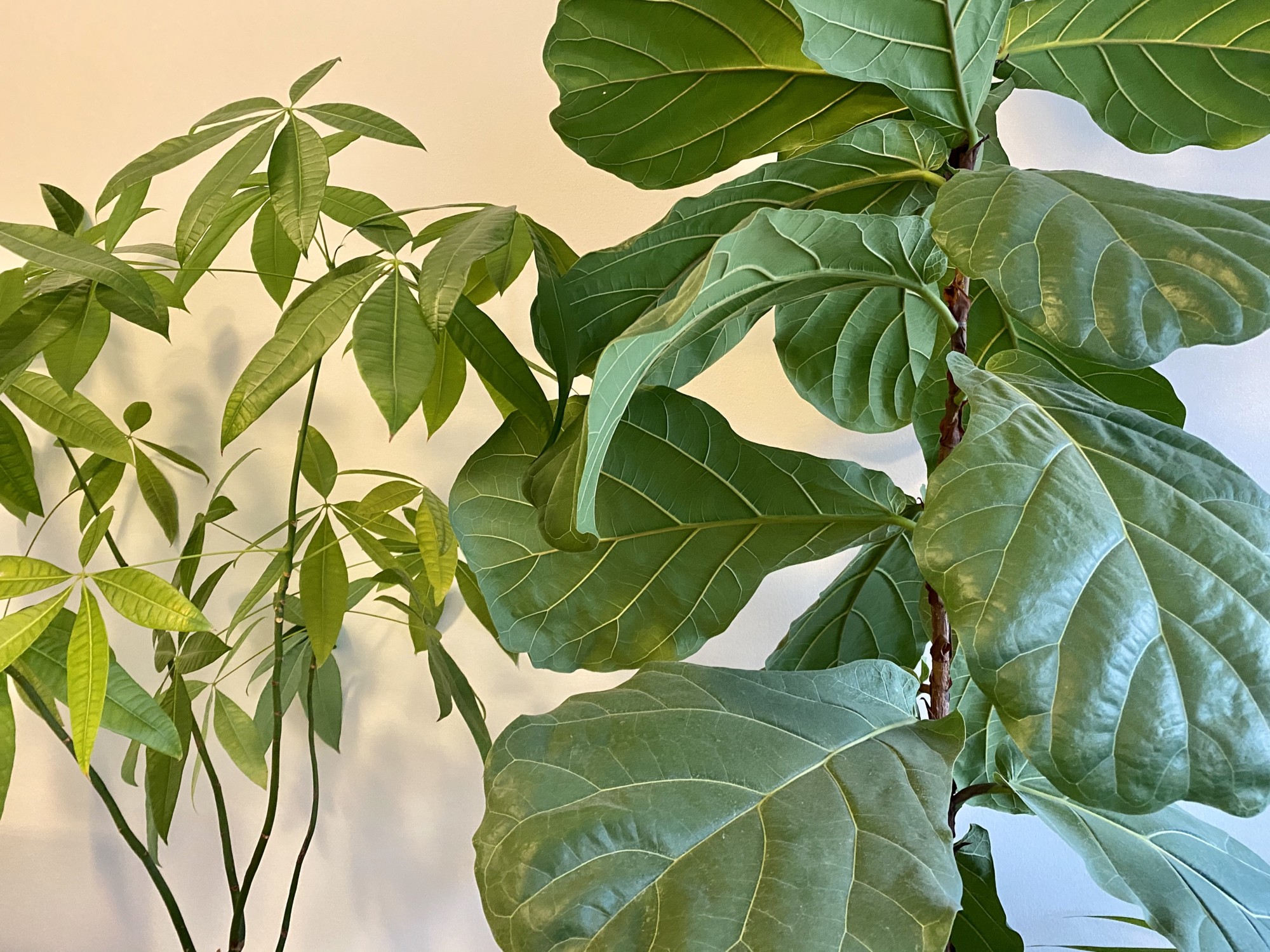Table of Contents Show
You might not think it, but your home could have inferior air quality. Air pollution from the outside world often seeps into your home, and when allowed to build up, it can become a severe health risk. This can pk-call out to various health problems such as asthma, cancer, and even heart disease. But thankfully, there is an easy way to mitigate these risks, and it’s all thanks to NASA. Back in 1989, they studied how to improve the air quality in their space shuttles. They found that some houseplants each had a unique way of naturally cleansing the air from toxins. Bringing potted plants indoors into a living space to liven it up is a trick that interior designers often use.
Now you have a healthy motivation for doing it as well. Read on to learn about the best plants to purify the air in your apartment.
How Do Indoor Plants Clean the Air?How Do Indoor Plants Clean the Air?
So how does it work? Plants absorb air-polluting organic and inorganic chemicals and break them down into compounds that the plant can use for energy. Microorganisms that are present in the soil are also responsible for much of the cleaning effect. All that is needed is to make sure the plants receive enough water and sunlight for survival.
Just imagine the cost of some of those fancy air filtration systems out there. It’s a bit surprising that more of us don’t just purchase some plants instead. So if you’d like to cleanse your air, bring some beauty to your home and improve your mental well-being, here are some plants you should start looking for. Buy one of the plants for your indoor plant garden.
Peace LilyPeace Lily
These indoor plants are known for their beauty and are easy to take care of. They require very little water to stay healthy, which is a great thing for those who lack a green thumb. The research by NASA found that Peace Lillies are the most effective at removing airborne compounds such as formaldehyde, trichloroethylene, and benzene. Please place them in a shaded area as direct sunlight can turn the leaves brown. They only require watering once a week, but you should regularly spray the leaves with water vapor to keep them in top health. Their only downside is that if ingested, they can be toxic to humans and pets. This is something to consider if you have children.
Snake plantSnake plant
Snake plant or mother-in-law’s tongue (really, could they have thought of a better nickname?) is a common houseplant that can be used outdoors in areas without direct sunlight. It was found to be one of the best at absorbing formaldehyde, nitrogen oxide, benzene, xylene, and trichloroethylene. For best health, please keep it in bright light and be and careful not to overwater it. If ingested, it can also be toxic, so keep it away from children and animals.
Gerbera DaisyGerbera Daisy
Gorgeous Gerbera daisies not only cheer up your home but do it some good too. Gerbera daisies are rare plants in that they also release oxygen during the night, so keep them in the bedroom for restful sleep. They need sun and water as soon as the dirt in the pot dries out, so they require a bit of maintenance. Gerbera daisies rid the air of benzene, formaldehyde, and trichloroethylene.
Bamboo palmBamboo palm
The bamboo palm is another popular purifying houseplant due to its tropical look and insect-repelling quality. Known also as the “reed palm,” Bamboo Palms prefer bright indirect light and a temperature of 60-70 F. they tend to lose some of their foliage as they adapt to indoor conditions, but this is normal. Remove the dead fronds, but don’t pinch the tip of new stalks because this will slow or eliminate new growth. This indoor plant also packs a big punch when it comes to purifying the air. The bamboo palm can remove substances like benzene, formaldehyde, chloroform, carbon monoxide, and xylene.
Aloe VeraAloe Vera
These plants are great for being easy to take care of and providing a handy remedy for wound or burn-healing emergencies. The gel within each leaf contains amino acids, vitamins, and enzymes with anti-bacterial, anti-inflammatory, and soothing benefits. It loves being in the sun, so keep it by the window. They’re great for purifying the air of formaldehyde and benzene found in varnishes, floor finishes, and detergents.
Weeping FigWeeping Fig
Not only will you love the sweet and plentiful fruit yielded from a healthy ficus Benjamina (or weeping fig), the indoor plant needs infrequent watering and indirect sunlight. For someone that doesn’t have the time for heavy caring, this is perfect. Bring it inside during the colder months to decrease pollutants like formaldehyde, xylene, and toluene. Move it outside in the warmer months, where it will thrive and grow to heights of up to 6-feet. Keep it somewhere that’s bright with indirect sunlight. The soil should be thoroughly dry before you water it; otherwise, the roots could rot. It can be highly toxic if ingested and produce vomiting, salivation, and oral irritation. Seek help from a veterinarian immediately if your pet happens to take a bite.

